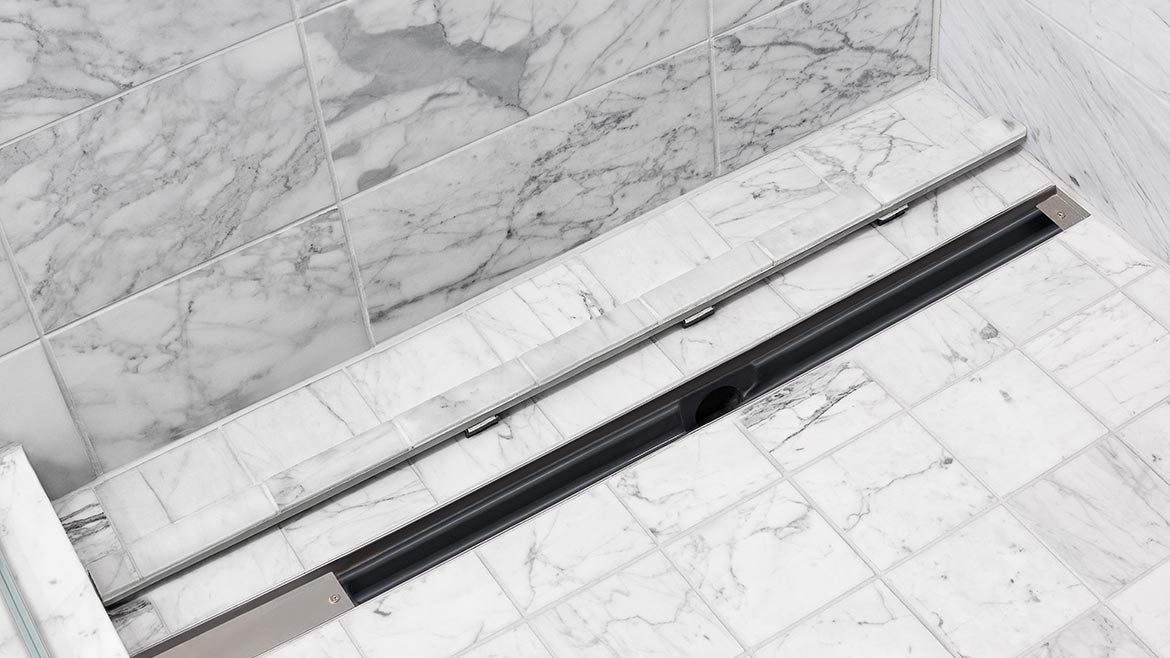Self-leveling products have been out for years now, so the majority of contractors understand that it isn’t a product that you pour out in the middle of a floor and the material will self-level all by itself. I still get phone calls now and then where the installer poured it in the center of the room and left it to self-level only to come back and see a mound of self-leveler that has hardened.
I’m also still inspecting installations where subfloor flatness issues were not addressed prior to the installation of flooring products and have led to claims that end up costing thousands of dollars.
Manufacturers and industry guidelines all address flatness requirements, so why are some installers not addressing the concerns when there are required flatness measurements? There are tools and products that can be used to grind, patch, or self-leveling, which makes for a successful installation rather than a claim.
There are several methods for determining floor flatness. A very inexpensive method is a string line, next, a ten foot straight edge, these can be a little more difficult for installers to carry around in their vehicles if they don’t have the length in there van or truck bed. Lasers are becoming affordable and work very well to determine flatness. We use all of the mentioned methods to check for flatness along with a couple of other tools. One is the Bosch GSL 2 laser for checking floor flatness, I’ve written about this laser in the past, but unfortunately, these lasers are now very difficult to come by as Bosch no longer makes them.
The Bosch GSL2 uses two lasers, you adjust a dial to get the two beams to a single beam. The beam projects across the subfloor and where there is any undulation, the beam splits. There is a target that you place where the beams split to determine if the subfloor is either a high spot or low spot and gives you a gradient reading. The laser also has a remote control to move the laser in a 360-degree radius with about a sixty-foot laser distance, one person can check the flatness in a room in a matter of minutes.
Once we determine our depth, we typically set depth markers so that we can move the self- leveling product to hit our marks.
We also use the laser as we are pouring, once again, when the two beams become one, we know we’ve achieved flatness, the person using the gauge rake and spike roller uses the remote to move the laser beam.
In areas where we can’t project the laser across the entire floor we use another tool, it’s called a Zip Level Pro-2000 altimeter. From the manufacturer: “Replaces rotary lasers as the world’s fastest, easiest, most powerful, precise and only pressurized bubble free level”. It has a 100-foot cord that allows the user a 200-foot radius to measure differences in height of any terrain including subfloors. There is a measurement module that’s mounted to a unipod and by placing the unipod in random areas, it will give you precise altimeter/gradient measurements.
Preparation prior to using self-leveling products will require sealing around the perimeter walls. Edge Strips, by Phil Green, is a great product for that, or foam weather strip tape. These will be used at door terminations, heat vents, and along walls. Fill in joints, stress fractures, and any penetrations into the subfloor with the proper floor-patching compound.
One thing to do prior to pouring self-leveling products, apply the recommended primer prior to using self-leveling products. If making multiple pours, primer needs to be applied to the previous areas before the next pour. The potential consequence is debonding of self-leveler to the substrate.
Stage your product and water, if you are carrying buckets of self-level through a home, make sure to use drop cloths to protect existing flooring. Also, don’t forget about dust containment as the self-leveling products contain silica which is a carcinogen (cancer causing).
Once proper water/ leveling ratios and mix time is done, pour out the product, use a gauge rake to move the product, and then use a feathering blade/ spike roller to break the surface tension and allow the air bubbles to escape, a pair of spiked shoes or spiked shoe covers will keep your shoes clean.
This particular pour we did didn’t need the entire subfloor poured so we did spot fills in the low areas and when finished, allowed the self-leveling product to dry and then went around the perimeter of the pour and used a patching compound to feather the edges.
Several manufacturers now have fiber reinforcement giving the products more strength and the ability to be used over wood and gypsum-based subfloors.
Self-leveling products are a great product when applied properly, keep in mind that there is definitely an upcharge for using these products, but they’re worth it when you need to achieve the proper floor flatness.















